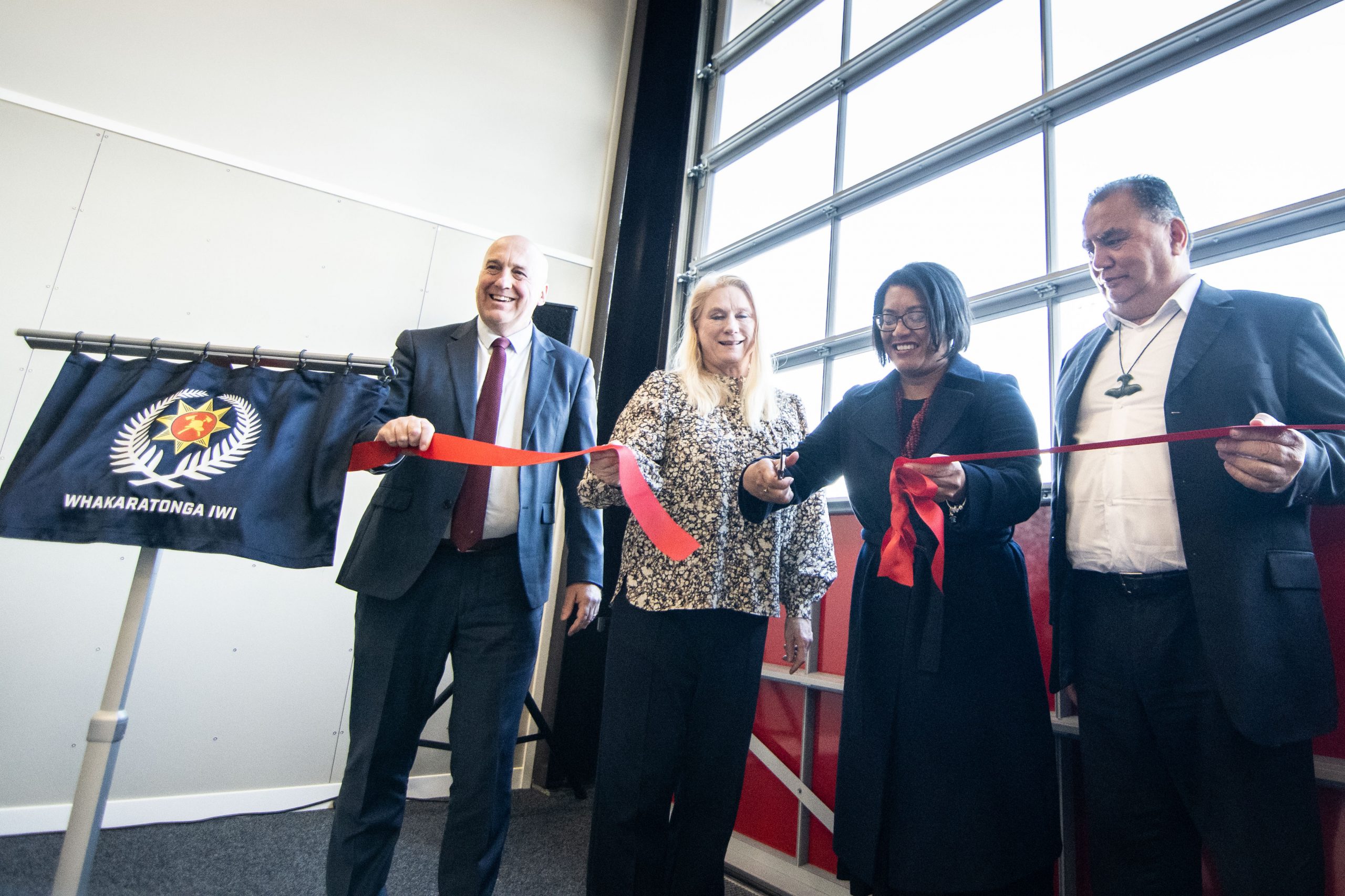The Dunstan Volunteer Fire Brigade’s $2.85 million new station was officially opened on Saturday. Shannon Thomson takes a look at how far the brigade has come.
The Dunstan Volunteer Fire Brigade has come a long way since its formation more than two decades ago.
The brigade started in 1998 in order to respond to rural incidents across the Otago region.
One of the region’s most significant fire events — now known as the Alexandra Fires — which broke out a year later were a baptism of fire for the fledgling crew.
Four fires ignited around the Alexandra area in one afternoon — on Sunday, February 28 — in Young Lane in Springvale, Gilligans Gully, the Waikerikeri Valley and at Fruitlands.
The fires left 8200ha of land and vegetation scorched.
At the height of the fires, two fixed-wing planes, eight helicopters and 60 fire appliances were used to battle the blazes.
It was a tough beginning for a small crew, who have proved to be a hardy bunch over the years.
A specialised vegetation crew, as well as supporting rural firefighting efforts throughout Otago, the brigade has also deployed firefighters internationally to support firefighting efforts across the Ditch in Australia, and more recently, Canada.
Not bad for a brigade which, until two weeks ago, called a ‘‘tin shed’’ home.
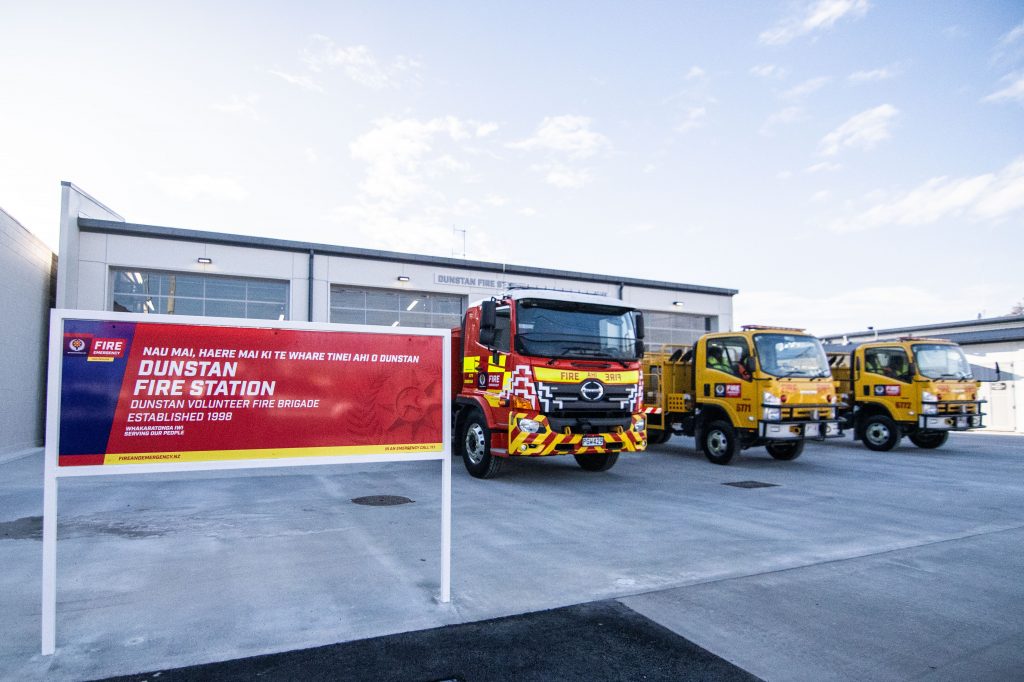
The brigade’s new station was officially opened on Saturday by Minister of Internal Affairs the Hon Barbara Edmonds.
The $2.85 million facility, which is co-located next to the Alexandra Fire Brigade in Centennial Ave, boasts four truck bays, a dedicated personal protective equipment gear room, specialised fire-fighting equipment wash-down areas, laundry facilities, showers, toilets, office space and a kitchen and training room — a far cry from the brigade’s original digs.
About 80 people — members of the Dunstan Volunteer Fire Brigade, their families and supporters, neighbouring brigades and a swathe of dignitaries from Fire and Emergency New Zealand (Fenz) gathered for the occasion.
The afternoon started with karakia from Kai Tahu kaumatua Darren Rewi, before Ms Edmonds took to the stage to offer her congratulations and declare the station open. She then cut the ribbon with the aid of Central Otago Mayor Tim Cadogan, Fenz board member Barbara Clark and Mr Rewi.
Ms Edmonds also acknowledged the loss of two volunteer firefighters while on duty on Muriwai earlier this year, as well as others who had made ‘‘the ultimate sacrifice’’.
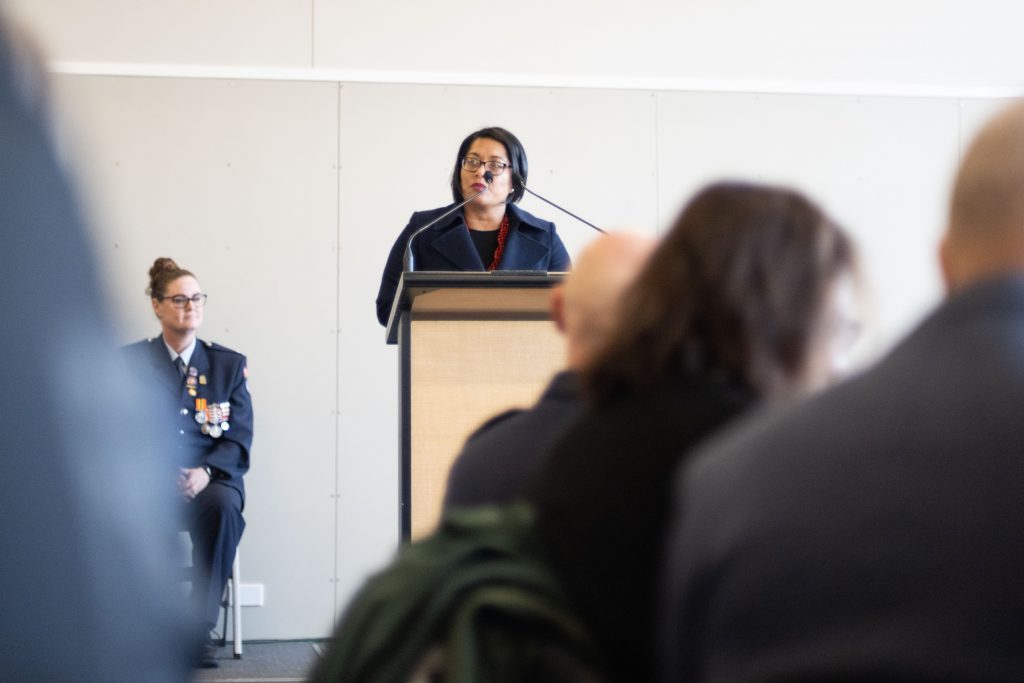
‘‘Our Fire and Emergency cannot provide the nationwide service it does without our volunteers — we thank you today, and every day for your service.’’
Speaking to the The News Ms Edmonds said it was a ‘‘great day for the Dunstan Fire community’’.
‘‘You just walk around here and you can really see that the team are really proud of their location, they’re proud of their new building and it’s really warm which is great for them because I understand they have come from pretty much a tin shed to a fire station where the bay has carpet to keep the warmth in.
‘‘I understand operationally that’s important for their fire trucks, so really proud of them,’’ she said.
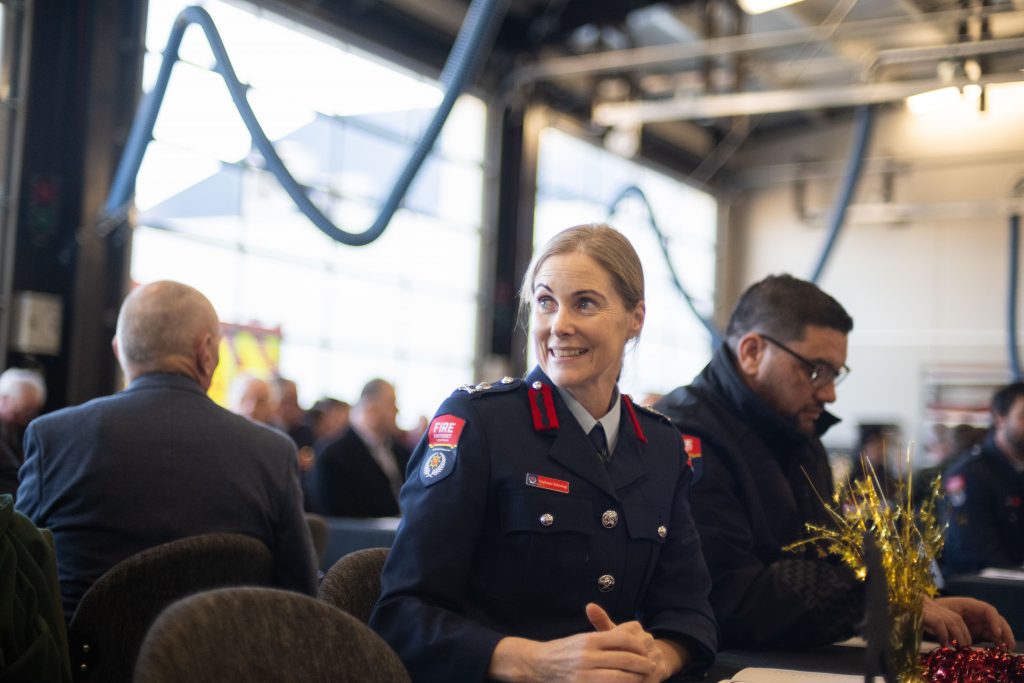
Fenz deputy national commander Steph Rotarangi, formerly of St Bathans, congratulated the brigade on the new facility, saying she was ‘‘stoked’’ for them
‘‘It really is amazing to see this purpose-built facility for Dunstan brigade. I’ve had a lot of great memories with this brigade and a lot of stories I can’t tell while standing up here, but one of my fondest memories was putting on two pairs of jeans when I came to train with you because it was so bloody cold in your shed . . . It’s just absolutely wonderful to see you in a facility that has much better safety, [and] is going to look after our equipment,’’ she said.
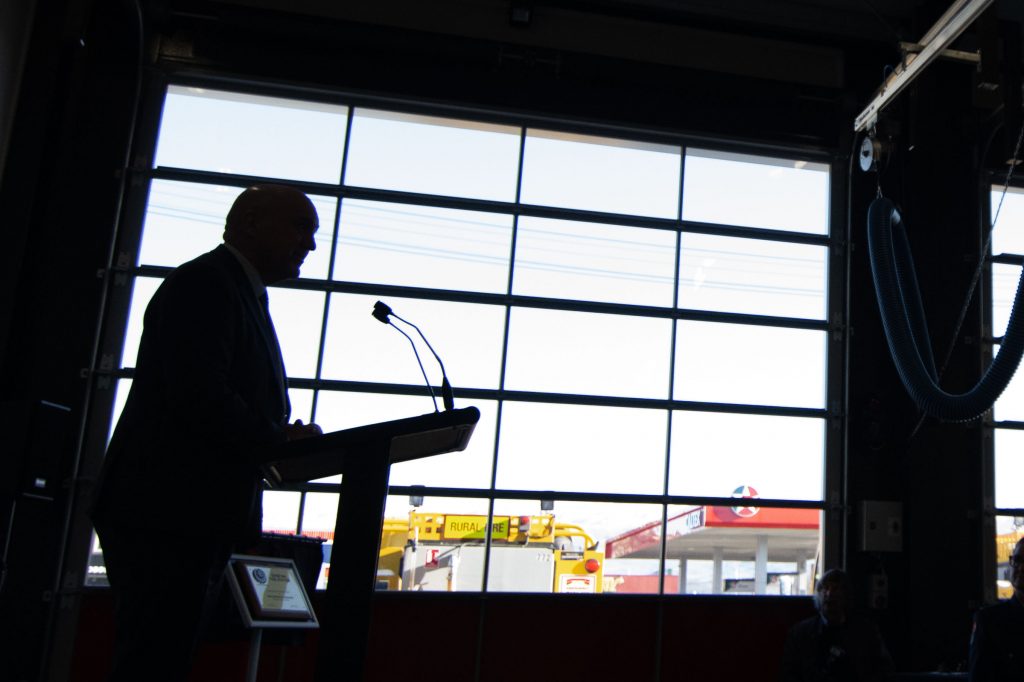
Ms Rotarangi said she got her start in the Fire Service through the Central Otago District Council (CODC) and acknowledged the ‘‘sheer amount of work’’ the council had put in to the Dunstan brigade.
‘‘[You] really were one out of the box for recognising the need for rural fire and all of the work today is built on those foundations,’’ she said.
The CODC, a rural fire authority in its own right prior to the Fenz merger, contributed $340,00 to the brigade for the station.
Fenz region manager Mike Grant said if not for the ‘‘commitment, dedication, drive and the resourcing’’ from the council, the brigade would still be ‘‘cranking up the fire in an old tin shed down town’’, Mr Grant said.
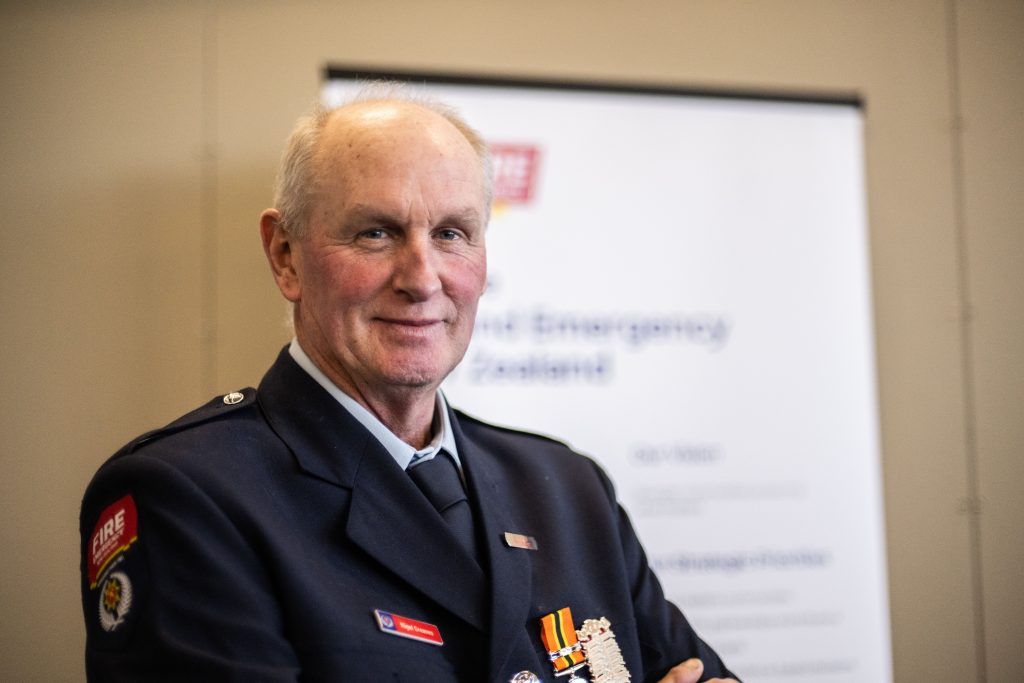
Having a purpose-designed facility was ‘‘absolutely magic’’, Dunstan Volunteer Fire Brigade controller Nigel Greaves said.
‘‘We love it. We’ve only been here two weeks, so we’re still getting used to it, still getting used to what everything does — I think we’ve smashed it now,’’ he said.
Compared with their previous location, the new station was ‘‘a palace’’ and in the two weeks the fire crews had been operating out of the facility the biggest change was the change in temperature.
‘‘The first thing the crews noticed in here was heat — like actually, you can get dressed and it’s not freezing cold — when we’d normally rock up to the old station and there was no heat in there, just an open shed. It did the job nicely — don’t get me wrong, it was provided by the council — but when you compare our new station to the old, it really is a palace, that’s the only way to describe it, it really is.’’
The station would enable the crew to focus on what they do best — fighting fires.

